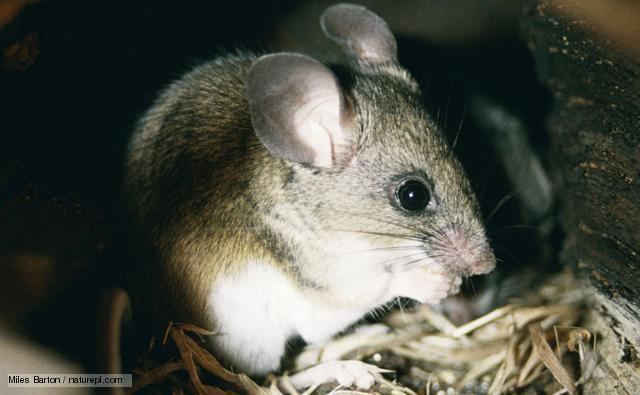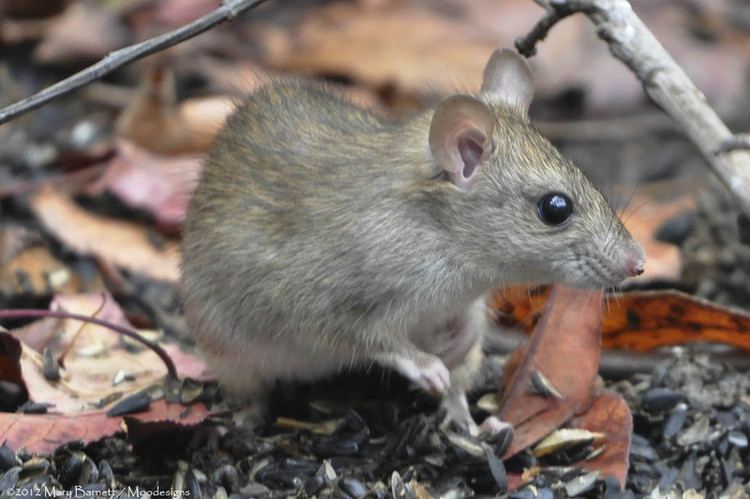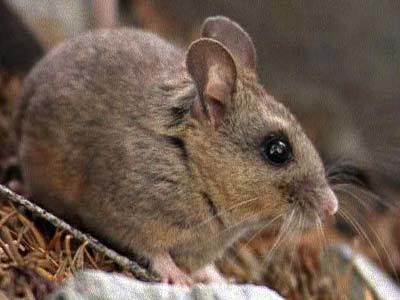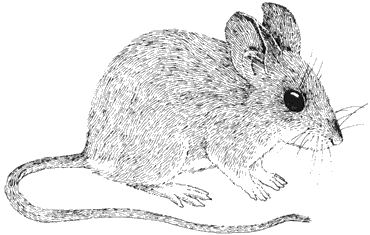Kingdom Animalia Order Rodentia Genus Peromyscus Scientific name Peromyscus californicus Rank Species | Phylum Chordata Family Cricetidae Species group P. californicus Higher classification Peromyscus | |
 | ||
Similar Peromyscus, Rodent, Mammal, Brush mouse, Cactus mouse | ||
The California mouse (Peromyscus californicus) is a species of rodent in the family Cricetidae. It is the only species in the Peromyscus californicus species group. It is found in northwestern Mexico and central to southern California. It is largest Peromyscus species in the United States.
Contents

While most rodents are polygamous, the California mouse pair bonds, making it a model organism for researchers studying the genetics and neurobiology of partner fidelity and paternal care.

Description

The California mouse has very large ears, and its tail is longer than the head and body combined. Including the tail, which is about 117 to 156 mm long, the mouse ranges in length from 220 to 285 mm. The coat is overall brown, mixed with black hairs. This dorsal colour shades to a creamy-white belly colour. The manus and feet are white. Adults are large enough that they can be confused with juvenile pack rats.
Natural history
The California mouse is semiarboreal, but tends to nest on the ground, under debris such as fallen logs. Nests are insulated with coarse, dry grasses, weeds, and sticks, and fine grass is used as bedding in the center chamber. P. californicus is more strongly territorial than P. maniculatus, with both sexes defending the nest site. Males are also aggressive toward one another; their fighting techniques involve jumping, avoidance, and a characteristic mewing cry.

The California mouse pair bonds and the males help raise the young. A litter usually consists of only two pups, but a pair may produce as many as six litters in a year. Gestation ranges from 21 to 25 days. Weaning occurs when the offspring are five to six weeks of age.

The mouse's diet consists of shrub fruits, seeds, and flowers, such as of Rhus integrifolia, Lotus scoparius, and Salvia apiana. They will also consume grasses, forbs, fungi, and arthropods.
California mice are mostly active at night. Their main predators are weasels and barn owls.
